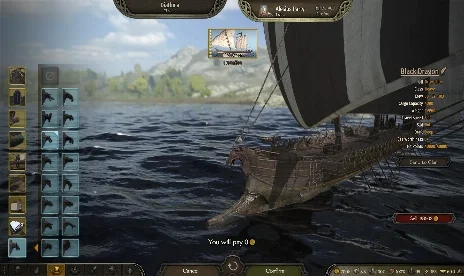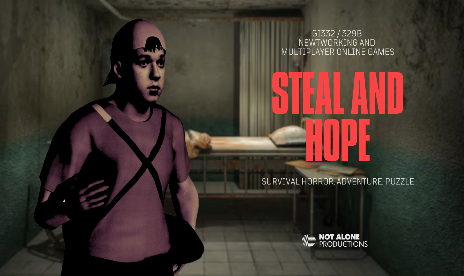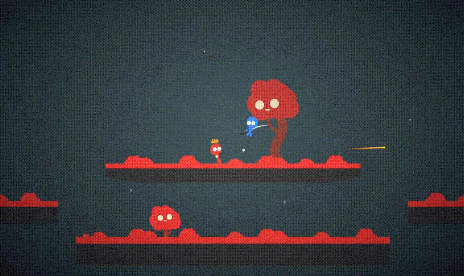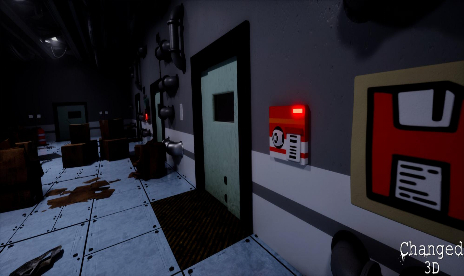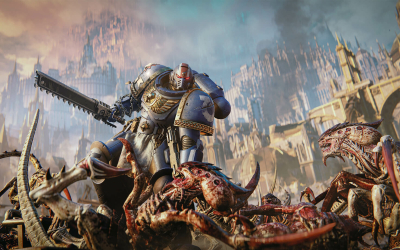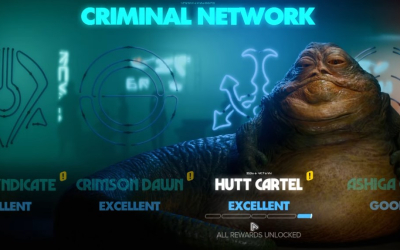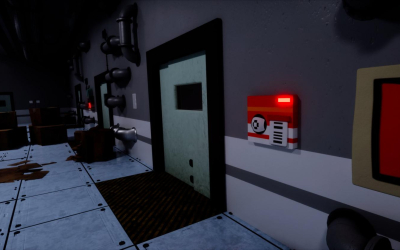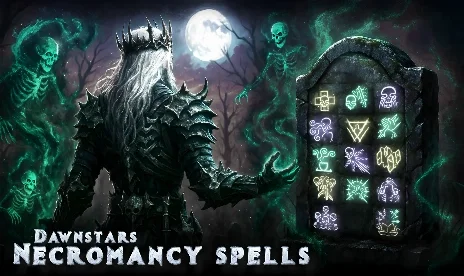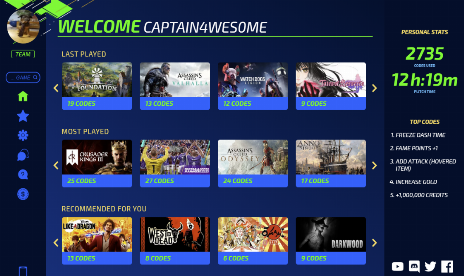First Look At Call Of Duty: World At War
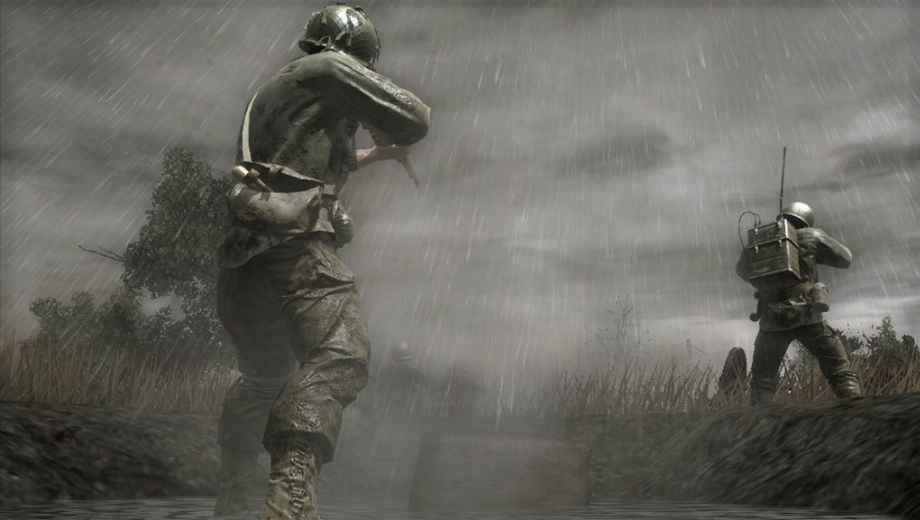
Credit for this story gos to Jeff Sale who Jeff Sale who chose to share his hands on impressions of the next Call of Duty sequel with our fans.
Jeff Sale wrote:
As reported earlier, myself, and other members of the gaming community were invited by Treyarch and Activision to Santa Monica, CA to not only take a look at the work in progress that is Call of Duty: World at War – but to look under the hood of what they have been toiling on for the better part of the last two years.
By now, you should know that Treyarch returned to a World War II theme for the latest installment of the hit first-person shooter series Call of Duty – and a fan of the era or not, you should be impressed with this title. Focusing largely on the war in the Pacific, the developers have roared back the PC platform with a vengeance, without sacrificing game play – instead improving it with well thought out and ground breaking enhancements.
Based on the framework used to power Call of Duty 4, the developers at Treyarch have reworked the game engine in its core principals, as well as adding some impressive modules not seen in the last (CoD 4) release. I will try and explain each of these in more detail to follow, but a brief breakdown of the modified/new game engine elements would be: accurate core scaling, increased capacity of the physics engine, water processing engine, dynamic lighting, fire processing engine, an improved artificial intelligence handling module and a turbocharged 5.1 audio engine.
Mark Lamia, Treyarch Studio Head, explained that moving the focus of the theater of war from the European Front to the Pacific Front presented unique hurdles for the programmers in order to accurately portray the story that they wanted to tell. The way that the war was waged on the European Front was in essence balanced, in that the Axis and Allies forces basically fought the same way; battles were planned assaults and both armies utilized similar tactics and weaponry. On the Pacific Front however, the Allied forces faced an enemy that was at the time unfamiliar to them. The soldiers of the Japanese Army not only fought differently from a tactical standpoint (utilizing stealth rather than brute force) but also thought differently (Bushido code – 'loyalty and honor until death'). The artificial intelligence received an overhaul and both the environments and weaponry had to be redesigned in order to immerse the gamer in the battles of a World at War.
Given the constant proximity to water for a majority of the conflicts in the Pacific, Treyarch implemented a water physics engine, which provides a beautifully realistic looking and reacting addition to the game. For the first time in the Call of Duty series, the player can swim, and without detracting from game play. Though you can be shot at under water – with equally impressive bullet tracing and effects underwater (akin to the beach landing underwater effects seen in Saving Private Ryan), your view of life outside of the aquatics is blurred (because of the water) and you cannot shoot your weapon underwater.
Much of the lush environment is destructible, and camouflage and cover can be destroyed as the battle wages, creating an evolving battlefield. We witnessed an example of a player being trapped in a hut, with suppressing fire preventing escape, and using the LMG to break away the structure on the side away from the enemy the player was able to not only escape being trapped by the enemy – but circle around and flank them as they were watching an empty building. Crafty players can hide in the dense foliage and take apart the opposing team from a well camouflaged position – unless the cover that they are hiding in burns away from self propagating fire.
Speaking of fire, the weapons arsenal has been augmented in this installment of the series with a flamethrower and Molotov cocktails – to say the least. The enemies screamed hauntingly as their flesh was burned off and they were cooked alive. Interestingly, a flaming enemy would ignite flammable grass, and that grass fire would continue to burn a path of destruction – in turn igniting other grass, trees, crates, or other flammables. The smoke from the fires also acts as a screen for advancing troops. Did I mention the flamethrower?
The reworked AI is smarter, and reacts to changes to the environment or battle situations in a realistic manner. Included in the 'thought process' of the new AI are the ability to decide the best path to obtain an objective, looking for and using cover or camouflage, recognizing and reacting to disappearing cover or camouflage, playing dead, and weapon recognition. Even members of a banzai charge think twice about continuing when they face the destruction of a flamethrower.
Another great addition to Call of Duty: World at War is the reintroduction of vehicles in both the single-player campaigns and the multiplayer setting. With heavy armor playable in multiplayer, it could be conceivable that the game type Base Assault may in some capacity make a return. As well, multiplayer will have challenges in a similar fashion as Call of Duty 4: Modern Warfare – allowing the player to level up and unlock weapons, perks and classes, as well as create personalized classes with customized weapons.
Co-op is another awesome game mode being re-introduced to FPS gamers with this title. You and three squad-mates will be able to play missions similar to the single player campaign, along the way completing multiplayer type challenges and allowing upgrades and customization of your class and arsenal. The squad leader can issue commands to squad-mates and direct the battle, as well as participate actively in it. Issued commands or objectives will show on team-mates HUD, allowing for coordinated attacks or defenses.
The audio in the Call of Duty series has always been renowned as one of the best in the industry, and World at War is going to propagate this belief – and pardon the pun, but it will accomplish this 'soundly'. Two major noticeable improvements in the sound in World at War are the removal of background audio tracks and the implementation of true 5.1 audio. Lamir explained that "if you heard a sniper shot originate from behind you and to the right it would mean two things: number one – you weren't the target and number two – you know which direction to head in to [club the sniper like a baby seal] if they haven't moved." The background (ambient) tracks have also been removed, giving a true immersion in the environment, and replaced with 96 channels of true audio. Audio is culled realistically and in real time, so if the player hears a battle in the distance – then there really is a battle in the distance.
All in all, I think that Treyarch are about to show the world exactly what a first person shooter is meant to be, and in doing so set the bar for future titles for all publishers.





![Monster Hunter Wilds v1.0-v20251216+ (+61 Trainer) [FLiNG]](https://9588947a.delivery.rocketcdn.me/wp-content/uploads/2025/03/monster-hunter-wilds-1-464x276.jpg)

![Lost Soul Aside v1.0-v20251121+ (+39 Trainer) [FLiNG]](https://9588947a.delivery.rocketcdn.me/wp-content/uploads/2025/09/Lost-Soul-Aside-02-464x276.jpg)


